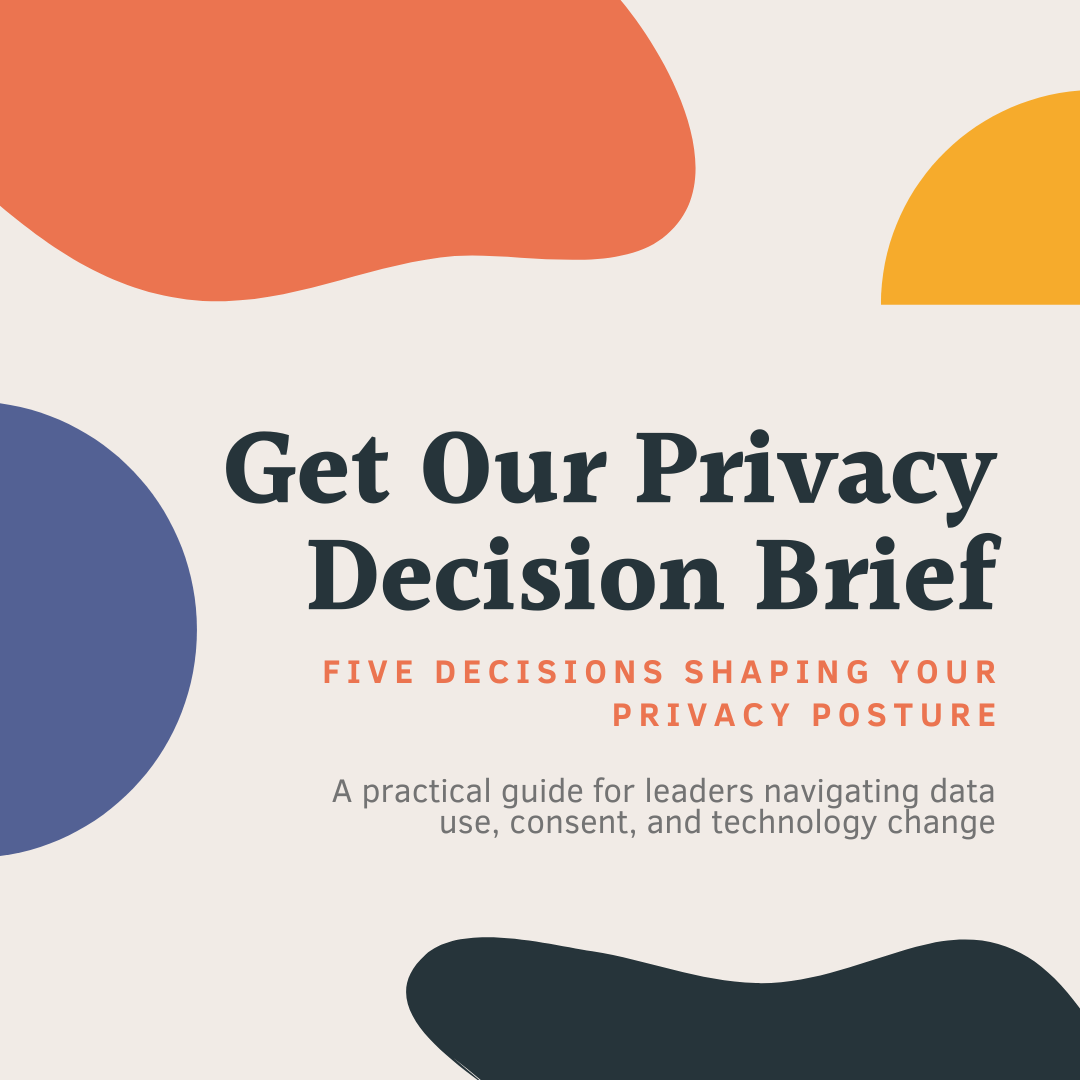Build Your First-Party Data Strategy with Context-First Content
Nov 18, 2022In 2020, The New York Times became the first major publisher to announce its departure from using third-party data to inform its ad targeting strategy.
Instead, the brand devoted itself entirely to building its owned, first-party data strategy. How? By engaging a context-first content strategy to understand audience interests.
In short, when content goes live on any NYT property, it's tagged and categorized according to several different components beyond subject to help the advertising team discern what the readers who are viewing that content care about. The brand nearly doubled the number of audience segments it self-created in 2022 compared to 2020. And they're realizing an ad click-through rate that's more that 7X the Interactive Advertising Bureau industry average.
So what can those of us who aren't creating the volume of content that the NYT churns out replicate from this model?
- Think beyond petitions and email sign-up forms. These don't tell you a lot, and unless you're prepared to play the long-game in sustaining advocacy initiatives, you're going to let these audiences down. Instead, think about what you actually need to know about your audiences, and how you can incentivize them to tell you. Your content strategy should be built with both factors in mind.
- Give your audience a reason to log in. This is entirely easier said than done, but when you can compel site visitors to log in on your site, you also gain autonomous access to understanding their behaviors and patterns. With this understanding, you can build more sophisticated models not beholden to third-party ownership. Think through what product or offering you might provide that incentivizes a log in.
- Create content that supports relevant search queries. While this might seem obvious, if you're not meeting search query trends with content to support them, you're missing an opportunity to gain valuable organic traffic. Beyond thinking about the queries for which you do want to show up, pay attention to those queries where you're gaining traffic by accident, too. For example, during my time at World Food Program USA, we utilized our position as educators to write content that addressed high-volume queries (i.e. research topics about "homeless populations") and inform audiences about a better way to address their questions (i.e. guiding audiences to use dignified language such as "communities experiencing homelessness"). This serves the benefit of including high-volume terms in your content while positioning you as an authority in how to properly engage.
- Categorize your content so it's tagged with information beyond the basics. Taking cues from the NYT, think context-first about who your audiences are based on what they're reading. When you write new content, generate tags based on things like: emotions evoked, the perspective engaged, and the region or topic discussed. Even if you're not able to give audiences a reason to log in, you'll be better able to discern traffic trends to help you scale what's resonating from a multi-variate view.
Building your first-party data strategy is one of the single-most important components of diversifying your marketing approach given the movement away from third-party cookies. Let's work together to create yours.
